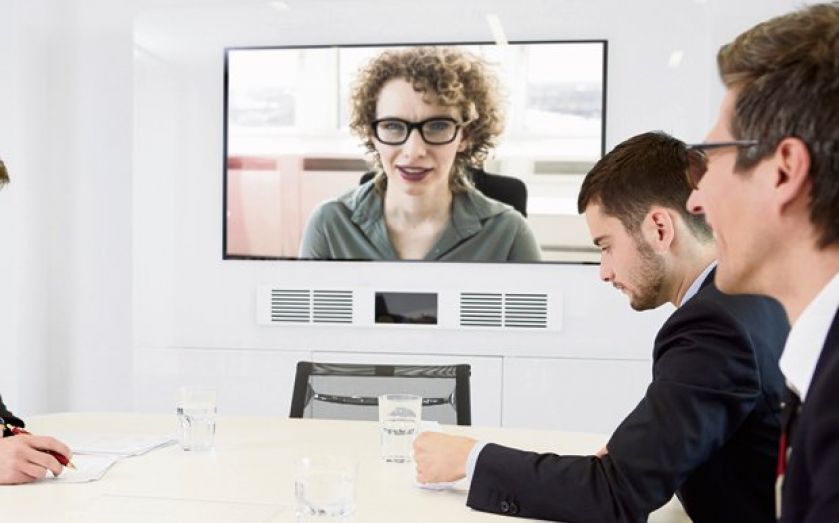Networking: It’s time to go offline

In the age of hyperconnectivity, don’t forget the importance of face-to-face relationships
RESEARCHERS at MIT may have developed an algorithm that digitally transforms faces to be more memorable, but research from EY this week suggests that no conference call or email will ever capture the effect of meeting someone in person. Behavioural scientists have long known that facial expressions or body language offer more clues to listeners than words themselves. And EY has found that in-person networking is nearly twice as popular as virtual or online at executive level. So while LinkedIn can provide a wealth of information about someone, from their eye colour to political stance, old-fashioned offline networking is still dominant.
HIERARCHY OF COMMUNICATION
So is it time we all broke free to the real world from the virtual? “There is a hierarchy of communication,” says Cass Business School professor Julia Hobsbawm in EY’s white paper. “Social media comes in third, below written communications and in-person.” Why? It is the people you know and trust who could help you – and your career – the most. “And the ability to connect with another human, to develop that trust and a relationship, happens best face-to-face,” she says. For meetings that require coordination and persuasion, for negotiating important contracts, or for interviewing staff for key positions, there is no substitute.
THE OBSTACLES OF FACE-TO-FACE
Nonetheless, in-person is not always our preferred method of interaction. As Hobsbawm asserts, time poverty makes it far easier to mass-email than meet. And for anyone who’s nervously edged into a cocktail party alone, shyness can be an even bigger obstacle. So Hobsbawm recommends focusing less on exchanging business cards, and more on engaging in meaningful conversation. If you’re really struggling, try registering for events that cost money to attend. As career expert Dan Schawbel told Time: “It’ll force you to go – you’ll suffer a monetary penalty if you don’t.”
Hobsbawm also advocates more one-to-one meetings – you’re more likely to make a connection over coffee than at a conference. “Try scheduling a coffee or lunch up to five times a week,” she says optimistically. And there are ways to manage the time issue. Robin Dunbar, author of How Many Friends Does One Person Need? suggests creating a group of no more than 150 people you know and who you will connect with, and actively managing them on a single system.
THE TELEWORKING “MYTH”
But while networking can provide job-seekers with new opportunities, research by London Business School has found that not being seen in the office could affect your chances of promotion. “Networking [online and off] and collaborating with peers is now being directly linked to productivity,” Hobsbawm says. And the best networking can happen in your own office. It explains why Yahoo chief executive Marissa Mayer banned staff from remote working in 2013. In a memo, she wrote: “Some of the best decisions and insights come from hallway and cafeteria discussions, meeting new people, and impromptu team meetings.” And when asked how many employees telecommute, Google’s Patrick Pichette responded: “as few as possible”.
MAKING CONNECTIONS
All this is not to say that online networks are irrelevant. There is a reason LinkedIn has 15m members in the UK – and herein lies its true value: the hidden links between your network and the rest of the world. It is very useful, if not essential, for building your professional profile. But don’t try to have as many LinkedIn connections as Twitter followers – this is not a popularity contest.
Top networking apps
Meetup
FREE
The online network facilitates offline group get-togethers in locations around the world. The app allows you to access an international platform, through which you can find meetings on topics which range from entrepreneurship to technology. Users enter their postcode or city and topic, and the website will help arrange a place and time to meet.